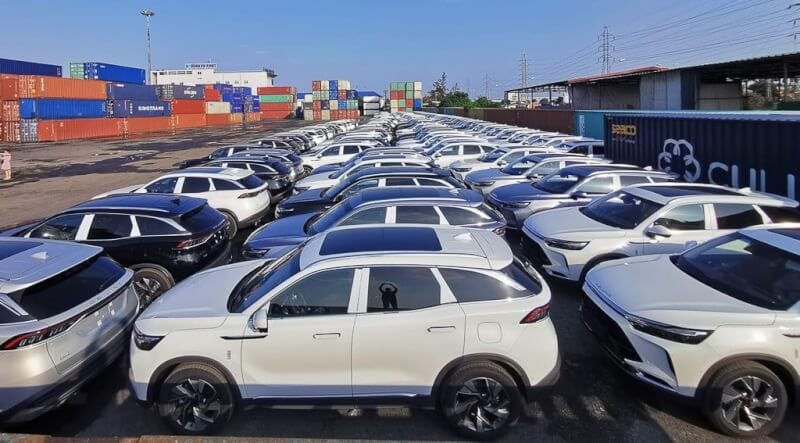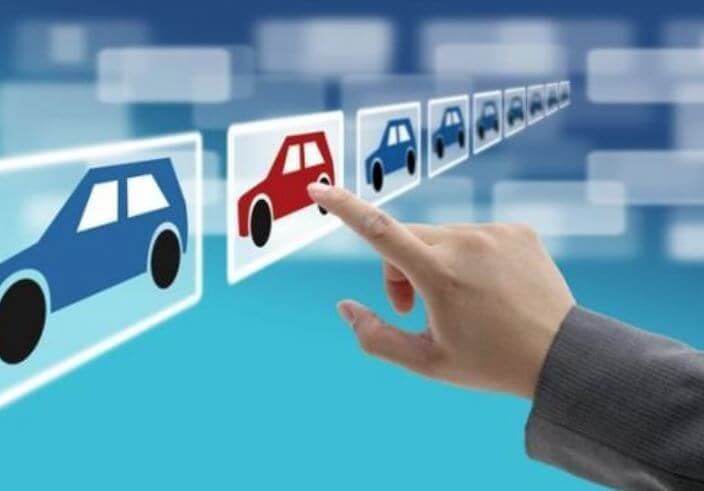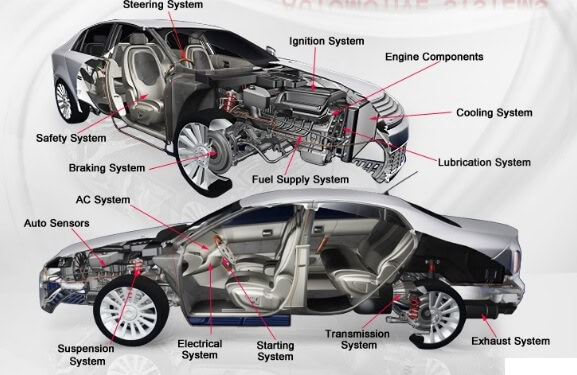How can auto companies and language service providers work together in today's evolving environment?
Today, the auto industry is starting to stabilize and grow after a recession. Regulatory change, customer confidence in connected car demand, growth in emerging markets. All of these represent areas where innovative automakers can improve their bottom line.
That flexibility will be key to success in today's automotive world. As a communication facilitator, Idichthuat can be a powerful ally in their change process. A global presence and solid expertise can provide OEMs with the missing pieces to support a changing market.
Here are some trends in the auto industry. Plus, we share our thoughts on how language service providers and automakers can work together in today's environment.
Market Developments and Movements
Strong auto consumption markets such as the US and Japan are gradually approaching saturation. The maturation of the market for these global players has seen growth slow down in previously high-value geographies. But in Vietnam, we believe they can soon overcome these distances. According to a recent study, this emerging market will account for two-thirds of all auto profits by 2.

These emerging markets also provide opportunities for smaller cars that could be considered “starter” vehicles in the US. It is noted that smaller vehicles are growing stronger than others, especially in fast-growing emerging markets. Meanwhile in Vietnam, high-value pickup trucks and SUVs continue to gain ground against a backdrop of slower growth prospects, indicating a restructuring of production.
To Keep Growing, Use Your Customer's Language
OEMs are looking to evolve to be ready to communicate value to as many different language buyers as possible. Savvy manufacturers will seize the enormous opportunity to leverage localization to attract customers in different cultures.
Making sure potential customers can interact with them in their native language is a good first step. Then changing the content, tone or style according to the target area can take the car manufacturer further.
For example, good gas mileage and a sturdy chassis are more important factors for buyers in rural areas with long commutes on poorly maintained roads. In cramped cities, mobility and anti-theft systems can be more secure. Successful OEMs will modify their messages to demonstrate how they can solve each buyer's specific problems.
Thoughtful localization and strategic personalization can modify the car buying experience and drive customers down the buying path. Fortunately, buyers' growing preference for online research makes it simpler to disseminate targeted, localized content.
High Profit Through Online Sales
More and more potential car buyers are interacting with sellers with their research. According to Google, a whopping 95% of car buyers start their process with online research – and a survey by JD Power & Associates found that 16% of buyers even skip a test drive. .
Increased web traffic means that selling online can be a promising source of revenue, especially in areas where opening a physical location would yield limited profits. Even in areas with a viable physical location, it's simply not as efficient as it once was: today's buyers visit only one or two dealerships, down from five or six.

New Opportunities for Digital Marketing
While these changes reduce the potential impact of direct selling skills, this change also opens the door to aggressive content marketing. Companies that share details about their model and organization may require more interaction time before making a purchase. A business that demonstrates expertise in customer preferences through plain text and voice search can engage with more leads and increase sales.
Educated buyers give auto companies another perk: they are the equivalent of a potential customer, since they are already convinced of the value of the brand by the time they start selling. direct contact (Google research shows that 41% of brand loyalists decide to buy before they even start researching).
And of course, web content also has the benefit of being relatively easy to translate, especially for the auto companies we work with that have industry expertise.
Technology Transformation And Feature Enhancement
Armed with online credentials after research, prospects are increasingly interested in customizing their media in a variety of ways. Increased modularity allows for more precise personalization – a factor that drives purchases.
Some of the personalization options are obvious – color, interior material, manual or automatic transmission, but others, such as software that responds to the driver's needs, are really available. can change the game. A business owner worried about speeding could limit the vehicle's speed. The safety-minded driver allows the car to start when all passengers have buckled their seat belts.
The connected car also offers the opportunity for service add-ons and paid upgrades, extending the profit lifecycle. Every technological innovation also provides an opportunity to differentiate the brand. Through partnerships and software development, companies can create a distinctive niche. And standing out in a saturated market continues to be a great way to win both customers and their loyalty.

Friendly partner
These market changes can be startling to anyone in the auto manufacturing world. Partnering with rapid localization and marketing experts can ease the burden on OEMs and their teams and enable them to succeed.
Want to learn more about how we can support your automotive business? Contact us – we are here to help you 24/7.
Sharing Translation Experience

Nguyen Trung Khang - Talented interpreter and translator, passionate about translation
Nguyen Trung Khang is a talented interpreter and translator, with many years of experience in the field of translation and linguistics. He graduated from Ho Chi Minh City University of Education, majoring in Linguistics in 2015.
After graduating, Mr. Khang participated in a professional interpretation and interpretation training course at the University of Foreign Languages - Hanoi National University. He achieved a high-level certificate in interpreting and interpreting, and was also awarded a master's degree in linguistics.